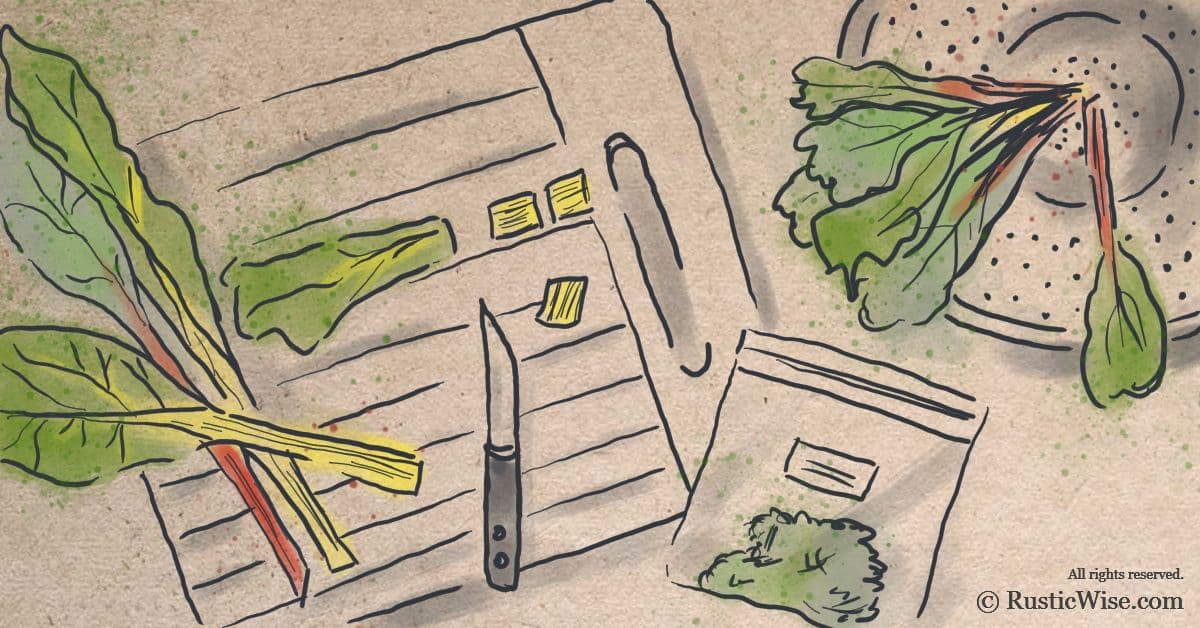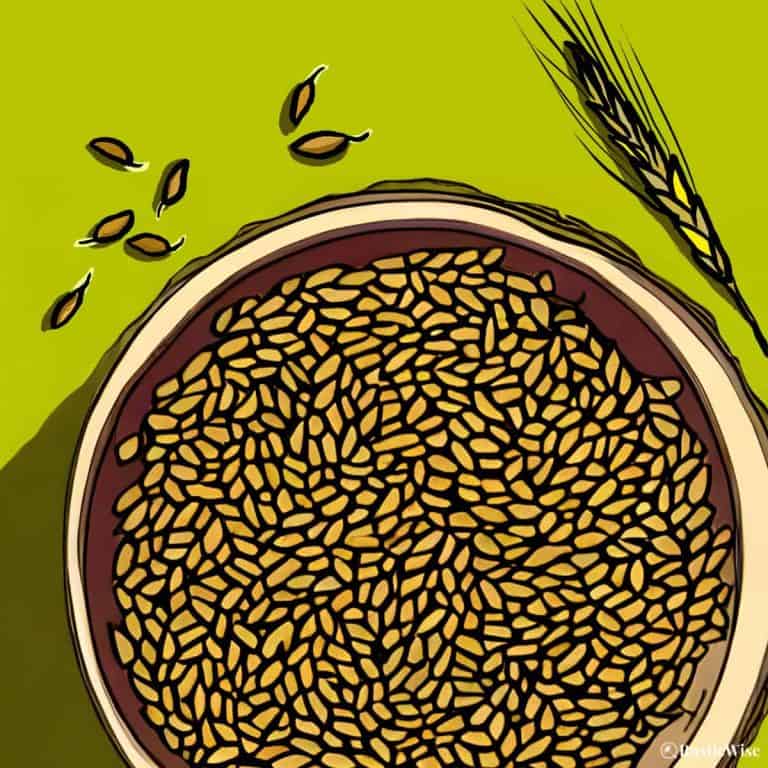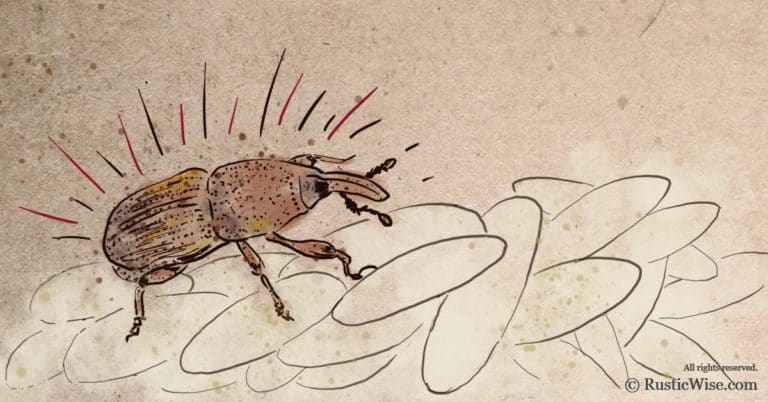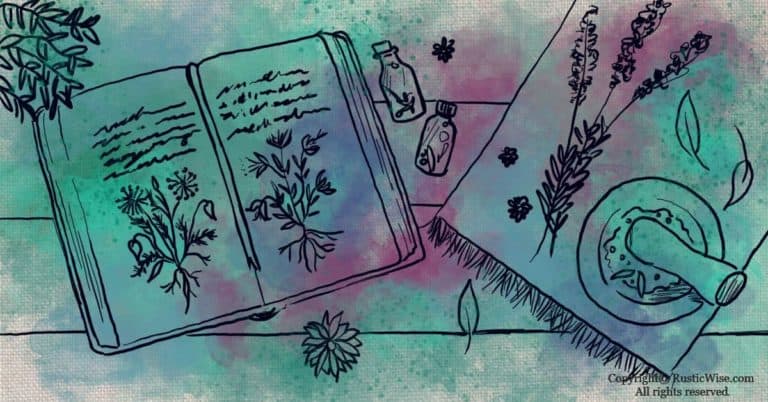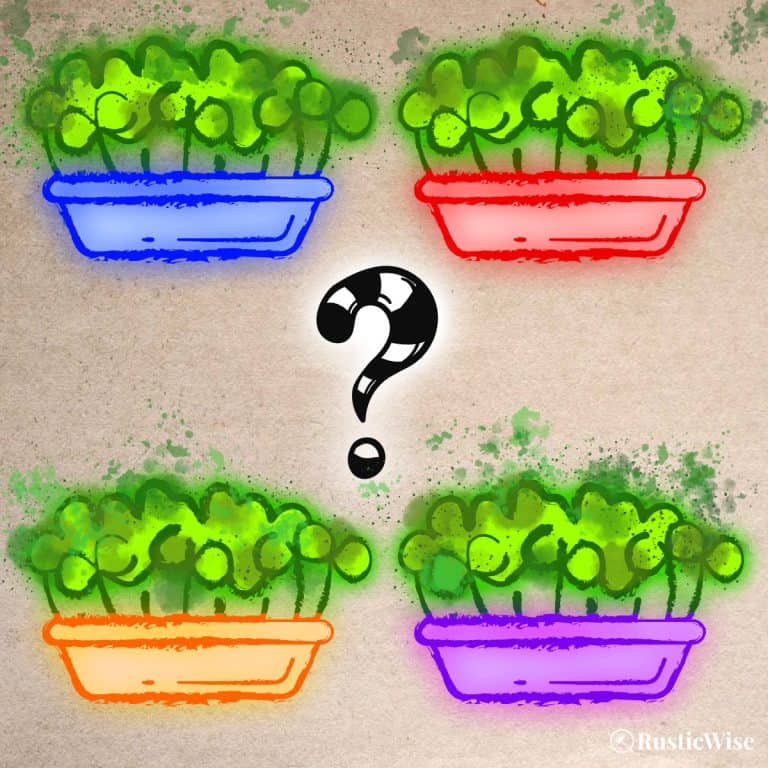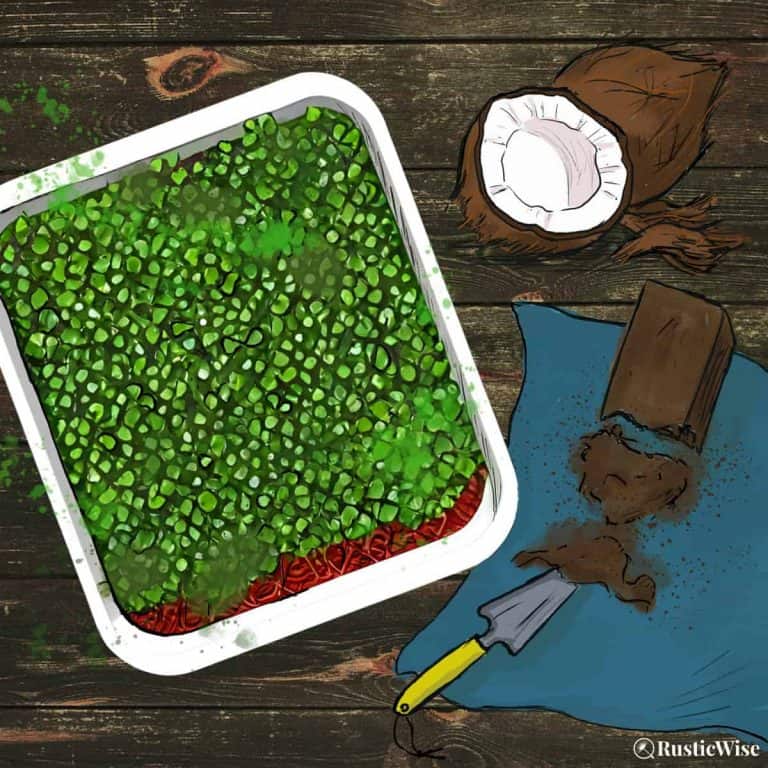How to Preserve Swiss Chard from Your Garden in 5 Easy Steps
RusticWise is supported by its readers. When you purchase through links on our site, we may earn an affiliate commission. As an Amazon Associate, we earn from qualifying purchases. Thank You!
Swiss chard is a highly underrated vegetable.
With hardy, leafy greens, and a strong celery-like stalk, it’s a versatile green that’s eaten raw, or cooked. Like other leafy greens it has a rather short shelf life. However, if you know how to preserve Swiss chard, you can enjoy it for weeks and months to come.
Swiss chard is a great source of dietary fiber, thiamine, folate, zinc, calcium, iron, magnesium, phosphorus, potassium, copper, riboflavin, and manganese. It’s also chock-full of vitamins including vitamin A, vitamin C, vitamin E, vitamin K, and Vitamin B6. Just one cup of raw Swiss chard contains 374 percent DV of vitamin K, and 44 percent DV of vitamin A.
It’s worth noting that Swiss chard, Beta vulgaris, belongs to the same family as beets which explains its lovely red coloring on some varieties. It’s also known as spinach beet, leaf beet, seakale beet, or silver beet. A few common varieties include Fordhook Giant, Rainbow, and Ruby Red.
When planted in the garden, it’s hardier than spinach in hot weather, and strong enough to withstand a bit of frost.
So if you’re blessed with a bountiful harvest of fresh chard and wondering what on earth to do with it all, you’ve come to the right place. We’ll go over different ways to use Swiss chard, plus how to preserve it (the easiest method is to blanch then freeze it).
When to harvest Swiss chard
The great thing about growing Swiss chard in your garden is that you can harvest it and it will regrow. You can harvest sooner, when its leaves are young and tender, about 6 inches or so (15.2 centimeters). This is ideal for using it like baby greens and fresh salads. This is about 30 days after planting.
Or, you can let it grow longer (an extra week or so) until its stems are thicker, and its leaves are larger. While less tender, you’ll have more leafy parts to use, and the thick stem can be cut up and used like celery.
The best time to harvest is early in the morning when temperatures are moderate and the plant is turgid. You can choose to harvest the entire plant, or just “thin out” the plant by harvesting the larger leaves and letting the smaller ones continue to grow.
If you’re planning on harvesting the whole plant, use a pair of gardening shears or a serrated knife to cut everything off around one inch above the soil line.
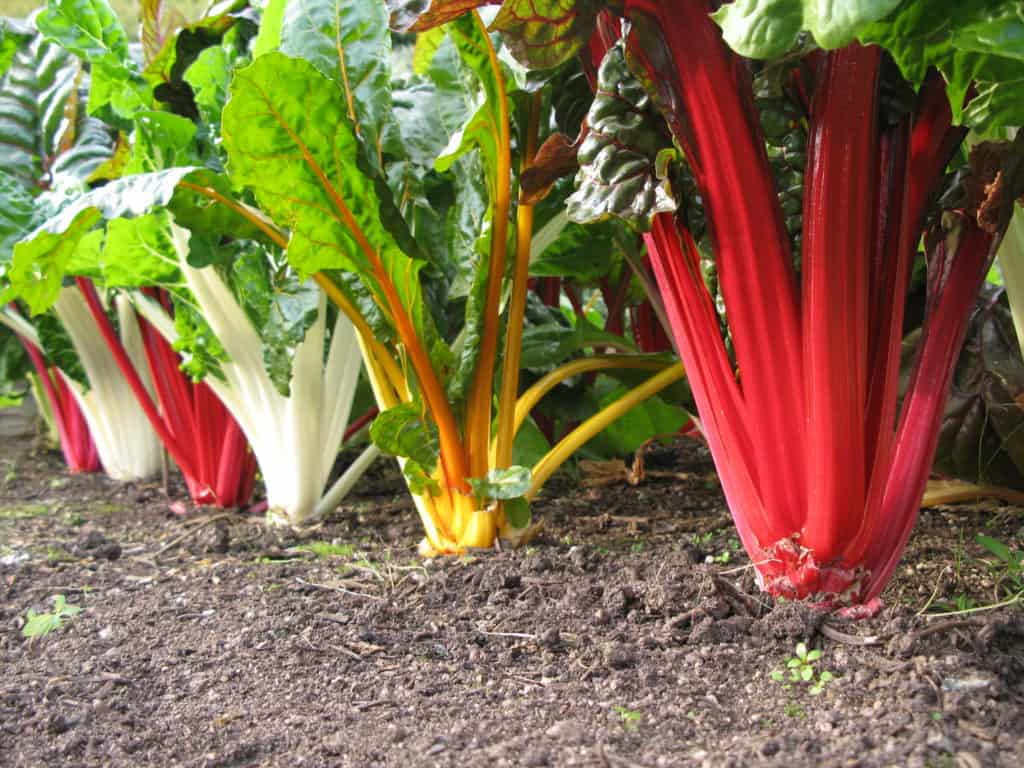
Credit: David Fisher / Flickr, Swiss Chard
How long can you keep Swiss chard in the fridge?
Leafy greens in general deteriorate quickly if improperly stored. How you store Swiss chard greatly affects its shelf life.
Store unwashed Swiss chard in the fridge’s crisper drawer as washing creates excess moisture. Avoid using regular sealed plastic bags or unvented tupperware containers as these don’t allow produce to “breathe” leading to a shorter shelf life.
Breathable plastic bags and vented storage containers are a game-changer. With tiny holes that allow vegetables to breathe, these can be purchased in most grocery stores as well as online.
If you don’t have any perforated plastic bags or vented storage containers, loosely wrap a slightly damp paper towel around the chard, and place in a plastic bag.
Fresh, unwashed chard can be kept up to one week in the fridge when properly stored.
Cooked Swiss chard generally lasts for one to two days in the fridge.
To blanch or not to blanch…can you freeze Swiss chard without blanching?
Freezing Swiss chard is fairly straightforward.
However, there’s a great debate on whether chard needs blanching prior to freezing. I’m guessing people want to skip this step for time and simplicity’s sake. (If you’re not familiar, blanching is the process of submerging food into boiling water for a short time, and then giving it an ice water bath immediately after).
The general consensus is that yes, vegetables should be blanched before freezing. According to the National Center for Home Food Preservation, blanching is required for several reasons:
- Halts enzyme activity which preserves taste, texture, and color of food.
- Cleans food of dirt and bacteria.
- Prevents loss of vitamins.
It’s important to allow vegetables to blanch for the proper amount of time (under or over-blanching leads to degradation of quality).
For chard, the magic number is two minutes for the leaves and three minutes for the stems. This is for the most commonly used method, water blanching (using boiling water).
How to preserve Swiss chard
You’re just a few steps away from enjoying Swiss chard all year long. Let’s get started!
You’ll need:
- Colander
- Cutting board
- Knife
- Large pot filled with water
- Blanching basket (optional)
- Slotted spoon
- Large bowl filled with ice cubes
- Clean cloth towels or paper towels
- Baking sheet
- Freezer-friendly containers
Step 1: Wash and inspect
Wash Swiss chard leaves and stems in a colander under cold water. Inspect the greens for any undesirable pieces, and discard as necessary.
Step 2: Separate and cut
Separate the leaves from Swiss chard stalks for different purposes. Cut into small, bite-sized chunks.
Step 3: Blanch
Fill a large pot about half full with water and bring to a boil. If you have a blanching basket, place a handful of chard in, and submerge into boiling water. If not, you can place the greens directly into water. Start your timer once the water begins to boil again for 2 minutes (for leaves), or 3 minutes (for stems).
In the meantime, fill a large bowl with a bit of water and ice. Once the time is up, remove the greens using a slotted spoon, or remove the blanching basket. Place the blanched greens in the ice water bath for several minutes.
Step 4: Drain
Drain well and gently squeeze out excess water with a clean cloth or paper towel
Step 5: Portion
Avoid having a large, frozen clump of chard by portioning out usable quantities. Place on a baking sheet for easy portioning. I find that 2-3 cups is useful for me, but to each their own! Place in freezer-friendly bags, and squeeze out excess air. Don’t forget to label the date!
Frozen Swiss chard is good up to one year when stored at 0 degrees.
Can Swiss chard be canned?
Yesiree,Swiss chard can be preserved through canning. This method is more time-consuming however. Also, since chard is a “low-acid” vegetable, it should be processed using a pressure canner for safety measures.
Ideas on how to use Swiss chard
The flavor of Swiss chard leaves is similar to spinach, but a tad sweeter. Swiss chard stems are crunchy, slightly sweet with a taste similar to bok choy, and are sometimes used as a replacement for celery.
Ideas on using Swiss chard leaves:
Use chard leaves as a replacement for spinach.
- Cook and add to omelettes, quiche, or scrambled eggs.
- Use fresh in salads.
- Blend to make a smoothie with bananas.
- Saute and add to soups and stews.
- Use as a colorful garnish.
- Add to stir fry.
Ideas on using Swiss chard stems:
Crunchy and sweet, Swiss chard stems are versatile when raw or cooked.
- Chop up fresh stems and add to egg or potato salad.
- Add with other vegetables to make a tasty veggie soup stock.
- Pickle them for a tasty treat.
- Blend with tahini to make a tasty dip.

Author: Josh Tesolin
Josh is co-founder of RusticWise. When he’s not tinkering in the garden, or fixing something around the house, you can find him working on a vast array of random side projects.

